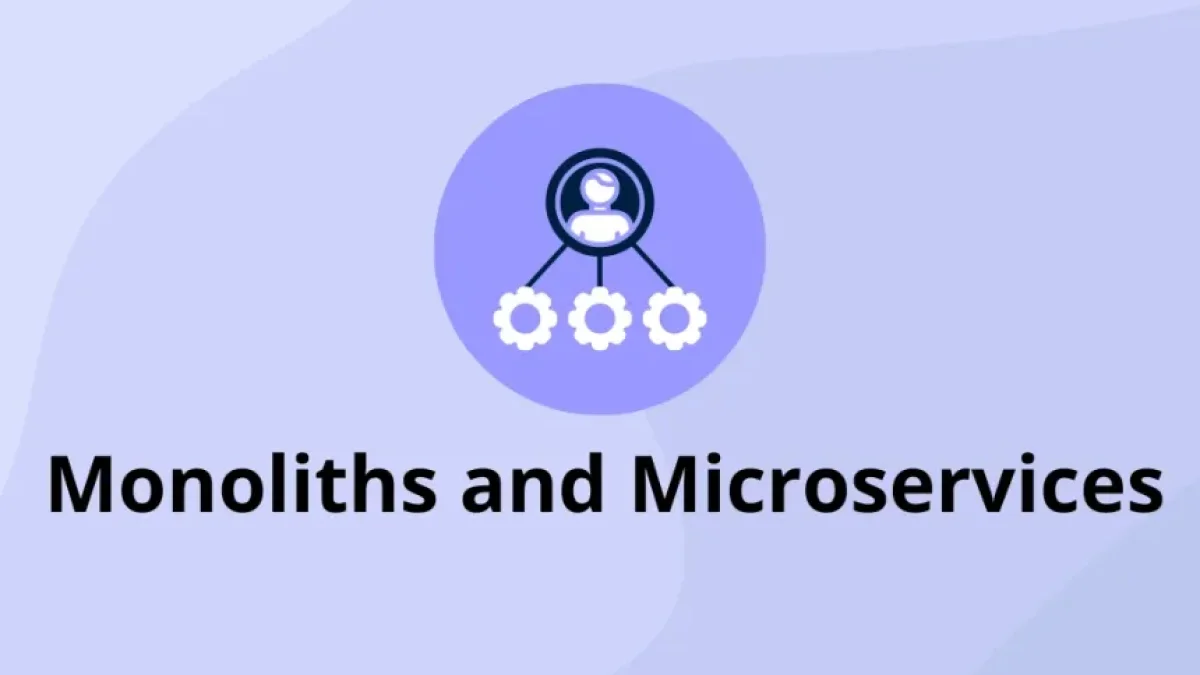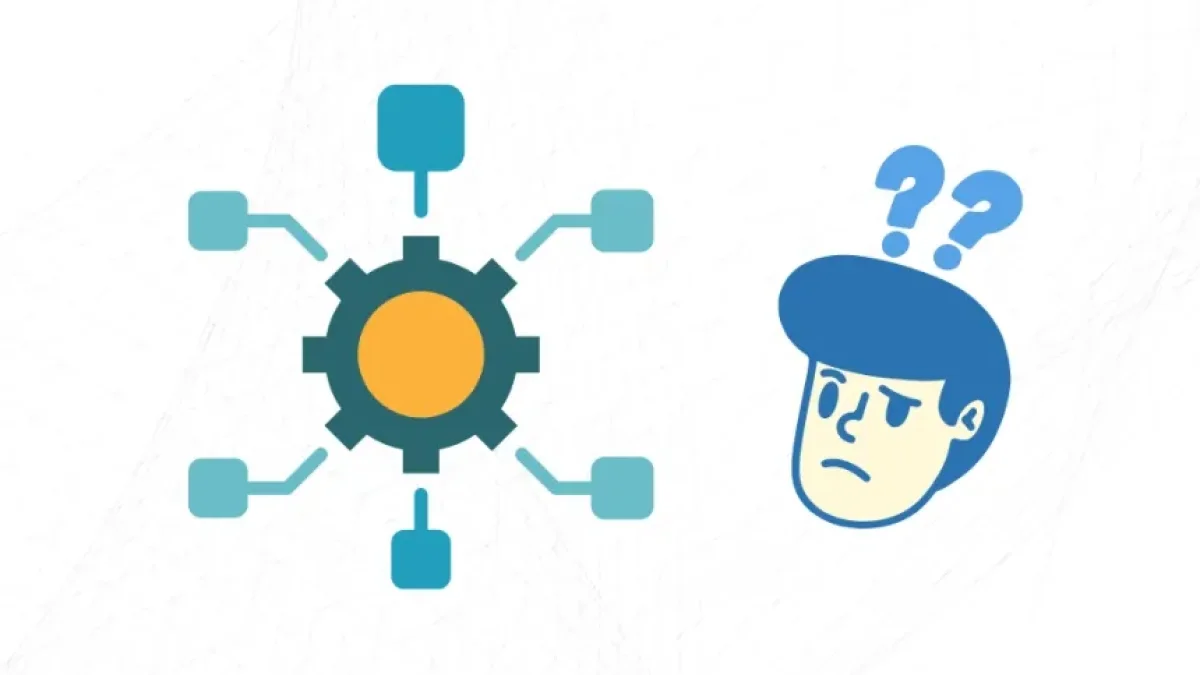Differences Between Monoliths and Microservices Which is Better for Your Project?


Choosing between monoliths and microservices is a crucial decision that affects the architecture of any software project. Both approaches have their advantages and disadvantages, making them suitable for different types of projects and teams. Below, we will delve into the key differences between these two architectural styles and discuss which one may be the best option according to your specific needs.
What are Monoliths?
A monolith is a software architecture where all components of an application are united into a single unit. This includes all the code, libraries, and resources necessary for the application to function. Monoliths are developed and deployed as a whole, meaning that any change in the code requires recompiling and redeploying the entire application.
Read also
Advantages of Monoliths
- Simplicity in development: Having all components together makes it easier to follow the workflow and understand the architecture of the application.
- Easy deployment: With a single application to deploy, version management and deployment are less complicated.
- Performance: Monoliths can offer faster performance in certain situations since there is no network overhead between services.
Disadvantages of Monoliths
- Limited scalability: Scalability can be an issue, as any modification or update requires redeploying the entire application.
- Maintenance difficulty: As the application grows, the code can become more complex, making it harder to maintain and evolve.
- Risk of failures: A bug in one component can lead to the failure of the entire application.
What are Microservices?
Microservices are an architectural style that involves creating applications as a set of small, autonomous services, each of which implements a specific functionality. These services can communicate with each other through APIs, allowing for greater flexibility and scalability in the development and deployment of the application.
Advantages of Microservices
- Scalability: Each service can be scaled independently, allowing resources to be allocated where they are most needed.
- Resilience: If one service fails, the others can continue to function, minimizing the global impact on the application.
- Heterogeneous technology: Teams can use different technologies and programming languages for different services, depending on what fits best for each case.
Disadvantages of Microservices
- Management complexity: The microservices architecture can be more complex to manage from an infrastructure and operations perspective.
- Deployment and monitoring: Requires more advanced infrastructure to manage the deployment, monitoring, and maintenance of multiple services.
- Communication overhead: Communication between microservices can introduce latency and network overhead.
Comparison Between Monoliths and Microservices
Ease of Development and Deployment
- Monoliths: Simpler in the early stages of development. Ideal for small projects or startups looking to launch quickly.
- Microservices: Require planning and experience in handling distributed systems; better suited for long-term projects anticipating significant growth.
Scalability
- Monoliths: Limiting scalability; generally scaled vertically by adding resources to the server.
- Microservices: Horizontal scalability; each service can be scaled independently.
Maintenance
- Monoliths: Over time, maintenance can become difficult and cumbersome due to code growth.
- Microservices: Allow for more agile maintenance, as each microservice can be developed, tested, and deployed independently.
Use Cases: When to Choose Monoliths or Microservices?
When to Opt for Monoliths
- Small Projects or MVPs: If you are building a minimum viable product (MVP) or a small project, a monolith may be the best option due to its simplicity.
- Small Teams: If you have a small team, managing a monolith is easier, though you could also opt for microservices if the team has experience.
When to Opt for Microservices
- Large-Scale Projects: Ideal for complex projects requiring scalability and flexibility.
- Growing Organizations: If your company expects rapid growth and needs a system that can evolve over time.
Conclusion
The choice between monoliths and microservices will largely depend on your specific needs, the size of your team, and the growth expectations of your project. Monoliths can be ideal for quick and simple developments, while microservices are preferable for complex and scalable applications. Reflect on your particular situation and choose the architecture that best suits your long-term goals.



















